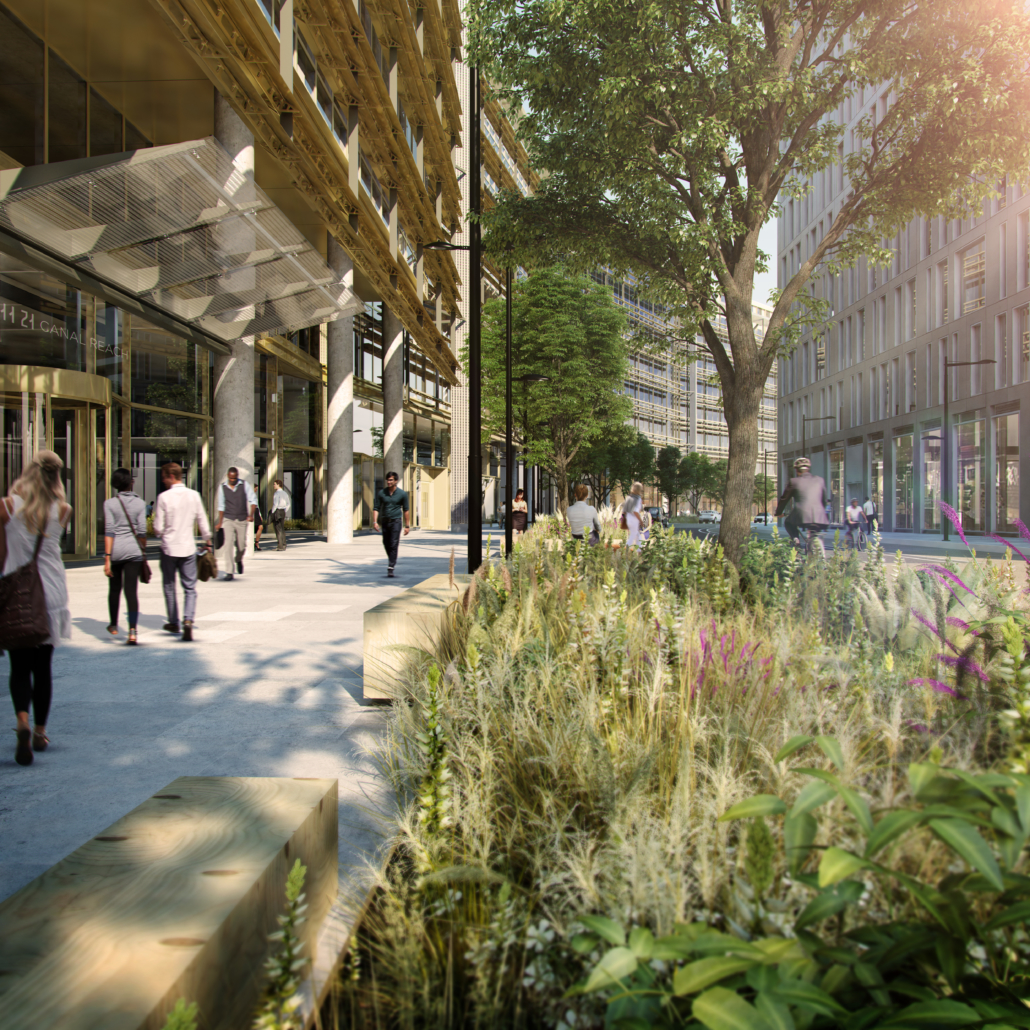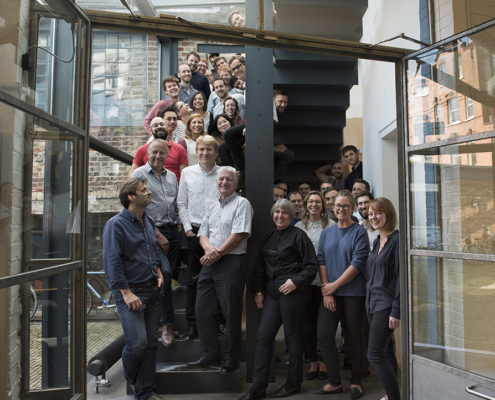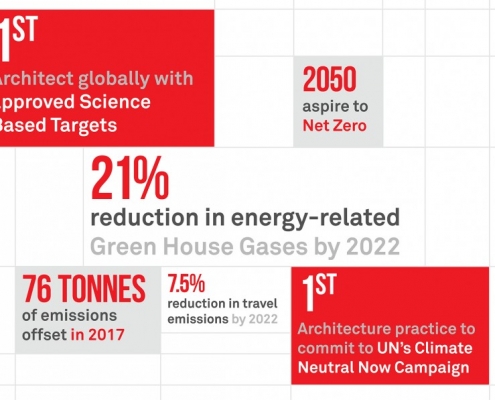There are plenty of decent business cases for setting science-based targets and having them officially approved by the Science-Based Targets intiative (SBTi), ranging from improved Carbon Disclosure Project scores and the public relations benefits of being an early adopter. With Extinction Rebellion making the headlines, schoolchildren protesting in the streets and David Attenborough campaigning on our TV screens, the big risk for any business is being left behind, and, fundamentally, not doing the right thing.
So let’s start with a couple of questions…
Firstly: Do you believe that based on the current scientific consensus global warming should be kept to well below two degrees?
Hopefully you said yes to that one.
Next: Are your company’s sustainability targets aligned with this target?
Unless you are one of the 22 companies in the UK that have approved science-based targets, it would be hard to say yes to that.
If you’re reading this then you probably have some kind of sustainability targets or strategy, so the big question is: How do you get science-based targets accredited?
A Three-Step Process
1. Committing to set science-based targets
Anyone can commit to set science-based targets for free (in fact the whole process from start to end is free, unless you choose to hire a consultant). After that you have two years to have them approved by the SBTi. For any sustainability managers this can be a godsend as the business case for making a commitment is clear; it comes with public relations opportunities, while the risks are few, unless you’re a high-profile company that is likely to be scrutinised by the media. Signing up can be an easy first step, which can be ratcheted up by stage 2.
2. Greenhouse Gas Scoping
The next stage is all about getting to grips with your full organisational carbon footprint. Most companies with a sustainability strategy will know their energy usage, which for a services supplier will often be a large portion of the footprint. The tricky part is scoping the emissions created outside of your organisation as a result of your decisions, otherwise known as ‘Scope 3’ emissions. One of the biggest sources of Scope 3 emissions is likely to be business travel (and commuting), both of which are quite easy to get data for. If you are a manufacturer then your indirect emissions may include those from the use of materials and products you produce and sell, and will admittedly be a little more work to calculate. A decent worked example produced by the World Resources Initiative is accessible here, and goes into detail on each category of emissions.
You can see our entire carbon footprint as a result of the scoping exercise in our 2017 Global Reporting Initiative (GRI) report. It’s worth saying that it was a really interesting exercise, but based on the WRI case study, a professional services company probably doesn’t have to do a footprint for their sandwiches to get approved targets!
3. Target setting and approvals
Again, this is mostly going to apply to professional services companies, but this is, in fact, remarkably simple. The SBTi tool on their website allows you to input your organisational size (in office floor space), and will work out your market share and give you a target for energy reduction. Scope 3 targets are a little more tricky, but you essentially have to put forward something that is ‘ambitious’. For Bennetts Associates this was covered by agreeing reductions in our business travel, which essentially meant flying less. All of the targets have to take place over at least five years to allow some amount of medium-term thinking, which was particularly refreshing.
Some Advice
Get started sooner rather than later because the SBTi process of approval requires a lot of time. The scope 3 study can be undertaken at a slower pace, as and when resource becomes available.
Use the targets as an excuse to refresh your sustainability strategy. Bennetts Associates decided at the start, after it became clear that our building designs could not be included within our own footprint, that we would set a series of companion targets. This morphed into a series of 20 targets for 2022, of which our science-based targets only make up 10%.
Finally, science-based targets are by their very definition the least you can do, which is why Bennetts Associates also signed up to the UN Climate Neutral Now campaign to offset all of our emissions until we can limit them to zero.
Ben Hopkins, Associate at Bennetts Associates
Leading the practice’s sustainability group, Ben helps set ambitious and pioneering in-house sustainability targets and oversees the implementation of initiatives such as GRI (Global Reporting Initiative), Science Based Targets and the UN’s Climate Neutral Now campaign with Bennetts Associates becoming the first architects globally to commit to the latter two. Ben participates in various industry working groups including UKGBC, Net Zero, Heart of the City, Embodied Carbon and is treasurer of the Islington Sustainable Energy Partnership, a group of sustainable businesses within the borough.
Ben’s strong interest in sustainability originated from his final year in university where he headed a live housing project that was exhibited at both Ecobuild in London and at the Solar Decathlon in Madrid. After graduating Ben spent a year at the Universidad Austral de Chile lecturing in design and sustainable architecture.
Previously, Ben has worked on a new BREEAM and LEED certified headquarters office in Hertfordshire, the new Storyhouse cultural centre, the Peel Centre (Metropolitan Police operational and training centre) in Hendon. Currently, Ben is working on Facebook’s London HQ at 11-21 Canal Reach as part of the King’s Cross masterplan. Environmentally pioneering and inherently flexible, the office development offers uninterrupted views across London from 4,000 sqm of accessible, landscaped roof and is designed to be the lowest embodied carbon building of its type.






